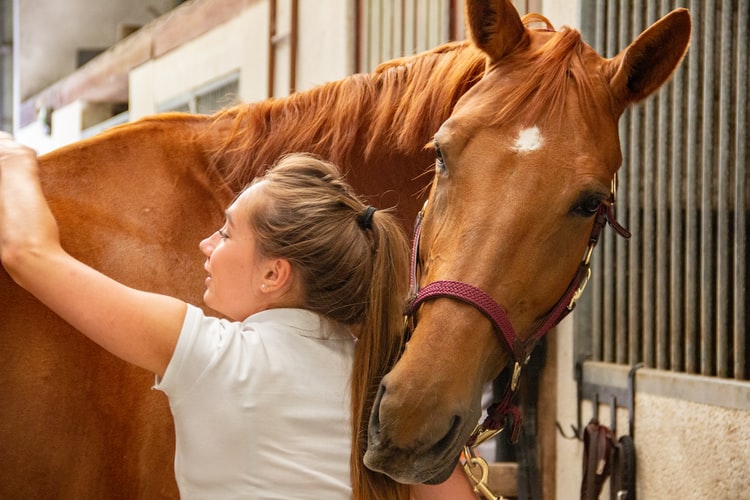Jump To:
Resources
Author Info
Patricia M. Moore
Doctor of Veterinary Medicine

What is a veterinarian?
A veterinarian is a surgeon, a dentist, a radiologist, an internist, an ophthalmologist, a neurologist, and a pathologist for cats, dogs, sheep, pigs, horses, cattle, goats, birds, fish, rabbits, gerbils, hamsters, etc. Most veterinarians do not specialize beyond working on small or large animals. A specialty in the various fields mentioned is possible, but only in universities or very large practices in large cities.
What makes a good veterinarian?
A good veterinarian is skillful with her hands, enjoys solving problems, is confident in handling animals, and has a broad knowledge of medicine and surgery. These skills can be learned, but they are of little value if the veterinarian cannot communicate with people. Being able to interact with people is actually much more important than being able to interact with animals; the most skillful veterinarian will probably sit idle if she does not enjoy people.
What is life as a veterinarian like?
Life as a veterinarian is rewarding, frustrating, and time consuming, but it is never boring. A major portion of the work itself is routine; nevertheless, no two animals and no two owners are alike, so each case is a new challenge. Only a very small portion of the work involves gloriously saving lives or performing miraculous surgery. A lot of time is spent at the south end of a north-facing animal. A typical day might include performing surgery; seeing animals with health problems; giving inoculations; going out on calls in the country; working at a racetrack; working in a zoo; establishing a herd health program for a feedlot, dairy farm, or large poultry operation; inspecting meat at a slaughterhouse; or doing research for a drug company. In the evening you might be called back to the office to deal with an emergency that often turns out to be an animal that has been sick for two weeks. The call usually comes just as you sit down to eat or just as you go to bed. After you have helped an animal that truly needs your help, however, it seems worth the trouble.
How do I become a veterinarian?
To receive a doctor of veterinary medicine (D.V.M. or V.M.D.) degree requires a minimum of three years in college plus four years in veterinary school. Most people are not accepted in veterinary school, however, without completing four years of college. To obtain a license you must pass written and oral examinations.
In high school, a college preparatory curriculum that includes math and science is good preparation for the courses you need in college. Any courses that help develop skills in dealing with people are beneficial.
Most pre-veterinary curricula include biology, math, physics, chemistry, English, and some sociology courses. In addition to taking your college courses, it is important to gain practical knowledge by working for a veterinarian. Too many students applying to veterinary schools have romantic ideas about being a veterinarian; therefore, veterinary schools are looking for people who know what they are getting into.
In most veterinary schools, you do not have a choice of classes. You will take anatomy, physiology, microbiology, pathology, medicine, surgery, pharmacology, and nutrition. During the last two years you work mainly in the clinic gaining practical knowledge.
What/where are the jobs?
Because of the opening of several new veterinary schools and the increase in class size at some established schools, new veterinarians may face competition in establishing practices in some areas. Nevertheless, employment is expected to grow faster than the average for all occupations, primarily because of growth in the pet population. Growth in public health and disease-control programs and an increased reliance upon scientific methods of raising and breeding poultry and livestock will also contribute to the demand for veterinarians. While an oversupply of veterinarians seems imminent in some locations, veterinarians will probably always be needed in remote rural areas; however, making a living is also harder in these areas.
The majority of veterinarians are in private practice. About seven percent are employed by the federal government, chiefly in the Department of Agriculture and the Public Health Service, with a small number serving as commissioned officers in the veterinary services of the Army and Air Force. Other employers are state and local government agencies, schools of veterinary medicine, research and development laboratories, large livestock farms, and pharmaceutical companies that manufacture drugs.


